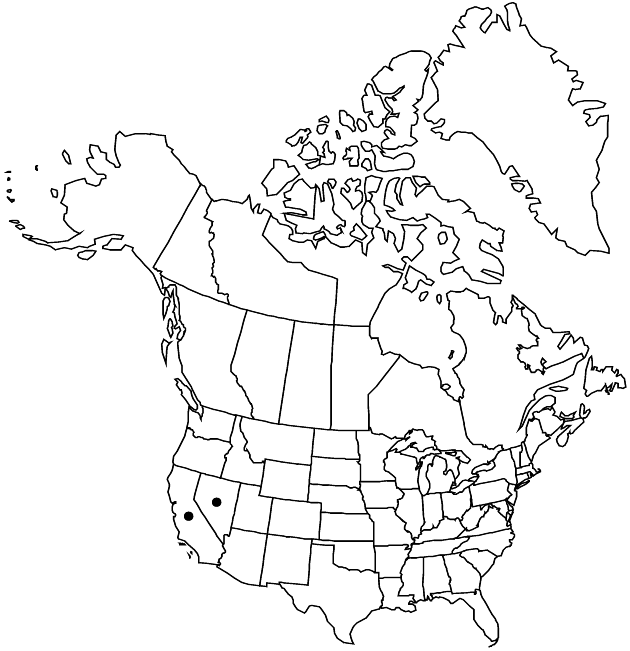Difference between revisions of "Amphipappus fremontii var. fremontii"
IllustratedEndemic
Treatment appears in FNA Volume 20. Treatment on page 186.
imported>Volume Importer |
imported>Volume Importer |
||
| Line 49: | Line 49: | ||
|publication year= | |publication year= | ||
|special status=Illustrated;Endemic | |special status=Illustrated;Endemic | ||
| − | |source xml=https:// | + | |source xml=https://bitbucket.org/aafc-mbb/fna-data-curation/src/2e0870ddd59836b60bcf96646a41e87ea5a5943a/coarse_grained_fna_xml/V19-20-21/V20_407.xml |
|tribe=Asteraceae tribe Astereae | |tribe=Asteraceae tribe Astereae | ||
|genus=Amphipappus | |genus=Amphipappus | ||
Latest revision as of 20:02, 5 November 2020
Young twigs, peduncles, and leaves glabrous. 2n = 18.
Phenology: Flowering Mar–May.
Habitat: Rocky or sandy soils, ravines, washes, slopes, rock outcrops, canyon walls, cliff faces, usually with other shrubs, especially Ambrosia, Yucca, Ephedra, Atriplex
Elevation: (100–)500–1100 m
Discussion
Occasional, sparsely hirtellous plants may reflect genetic influence of var. spinosus.
Selected References
None.
Lower Taxa
None.
... more about "Amphipappus fremontii var. fremontii"
